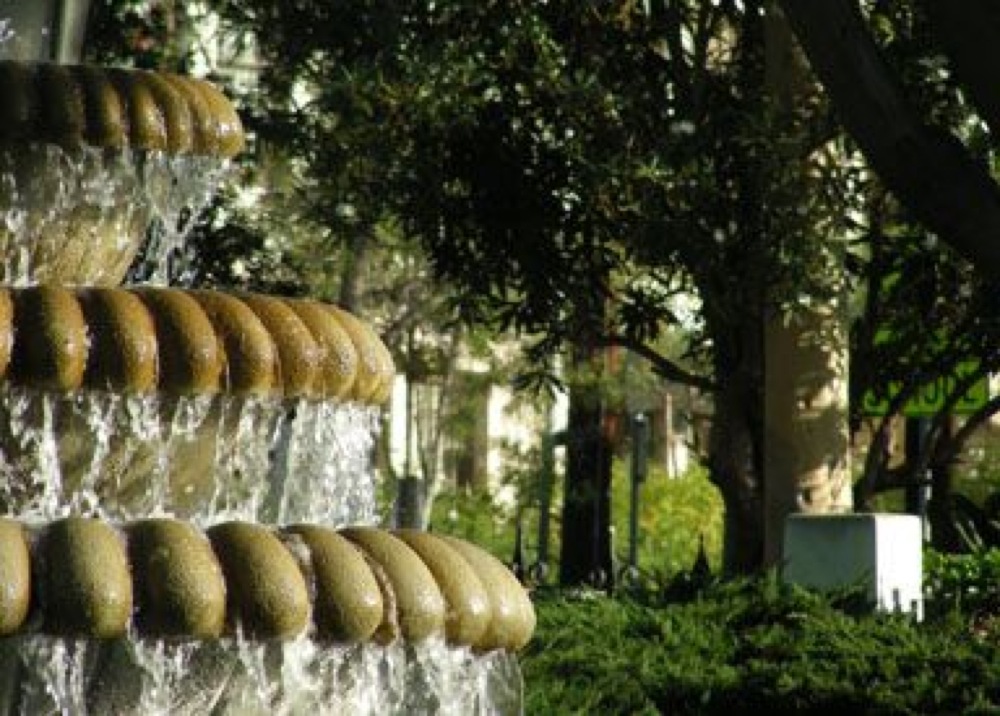
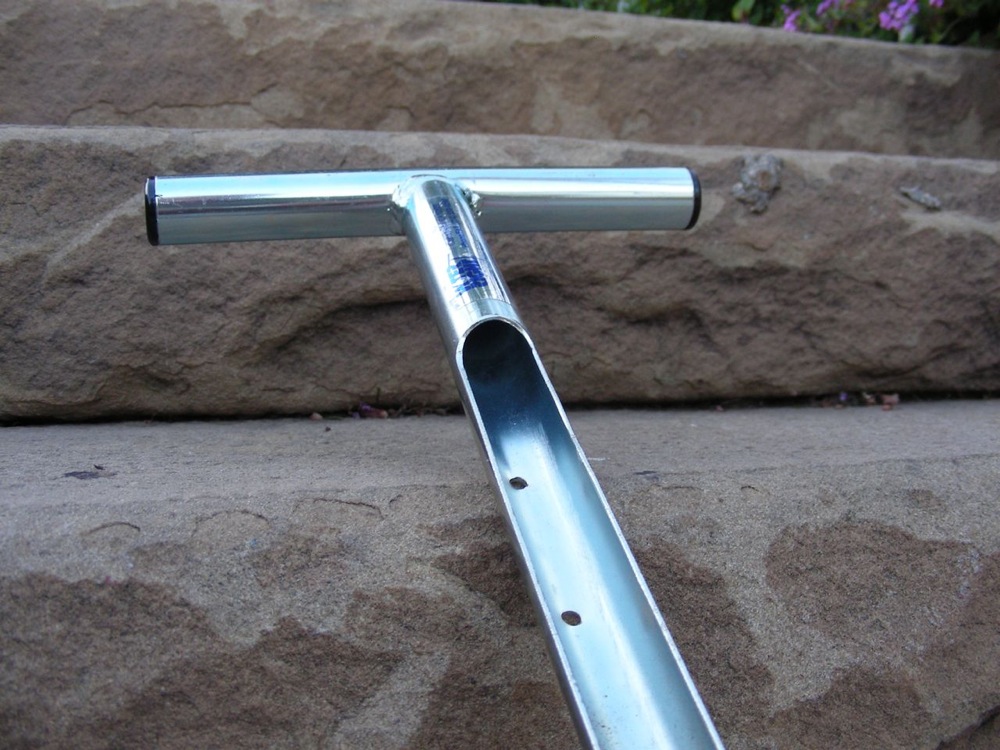
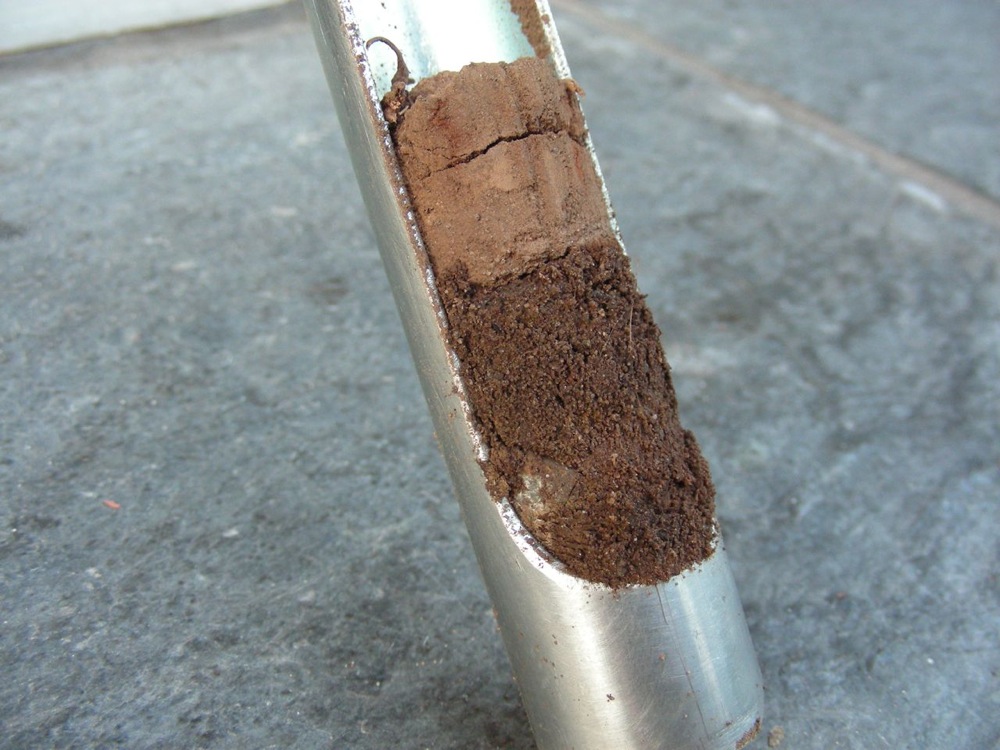



It’s still summer and I’m still thinking about water. In my last couple of blog posts I’ve been shedding light on how we use
 |
| A refreshing fountain in downtown Santa Barbara |
water in our gardens and the environmental responsibility we bear when we commit to growing plants around our homes.
Part I — When The Well Runs Dry highlighted not only the perennial water shortages we have here in the western states, but also the changing patterns in historically wet places like Georgia and northern Florida.
In Part Two — It’s Like Road Rage, Only Wetter, I blew off a little steam suggesting ways to cut down on water use by addressing the prime culprit—your lawn. Downsize it, manage the water better, substitute alternative low-water using plants, etc.
If you missed those posts, they’re still up at Cool Green Gardens.
Take This Probe and Shove It
Have you ever looked at the surface of your soil and thought, “Man, that looks dry; I’d better break out the hose”?
 |
| They call me Mister Tee |
If so, I envy your moisture-sensing x-ray vision! How else would you explain your super hero ability to know the amount of moisture below the soil just by observing the top 1/16” of crust? But wouldn’t it be coolio if you could know what’s going on down there?
Enter the soil probe, a simple, inexpensive device—a T-handled hollow steel tube with one side shaved away, as if attacked by an overzealous carrot peeler.
Hey, What’s Going On Down There?
Push the probe into the soil as deep as you can (here’s where those super powers could come in handy). You might need to twist the probe like a corkscrew to get through fine roots. Next, pull the probe out and “read” the soil. You’ll feel like a scientist, able to see not only the amount of moisture, but you’ll learn a lot about your soil’s texture.
In this photo the sample was taken under my fig tree, where the surface soil appeared quite dry. The core sample shows that
 |
|
The dry, upper soil disguises the fact that the root zone is |
the upper ¾” of soil is light colored and dry, but the lower section is dark and moist. No need to water for at least a few more days.
If the reverse occurred (dry down deep, but moist above) it means that I’m not watering deep enough to reach the active roots. I’m actually being wasteful, because I’m not making the best use of the water I’m applying.
Pretty simple, eh?
Look Before You Leak
Next time you think it’s time to water, first pull a sample and see just how much moisture is really available. Your turf, annuals and perennials generally sink their roots a scant 6” to 8”, whereas bigger shrubs and trees can pull water from 18” to 24” inches. Water when the root zone is actually dry, not when the surface LOOKS dry.
After a few weeks of sampling before you irrigate, you’ll have a better idea of when the plants actually need your help. You’ll be pleasantly surprised to learn that you can usually wait at least a few more days before performing your next rain dance. Water is precious. Why squander it?
Fine Gardening Recommended Products
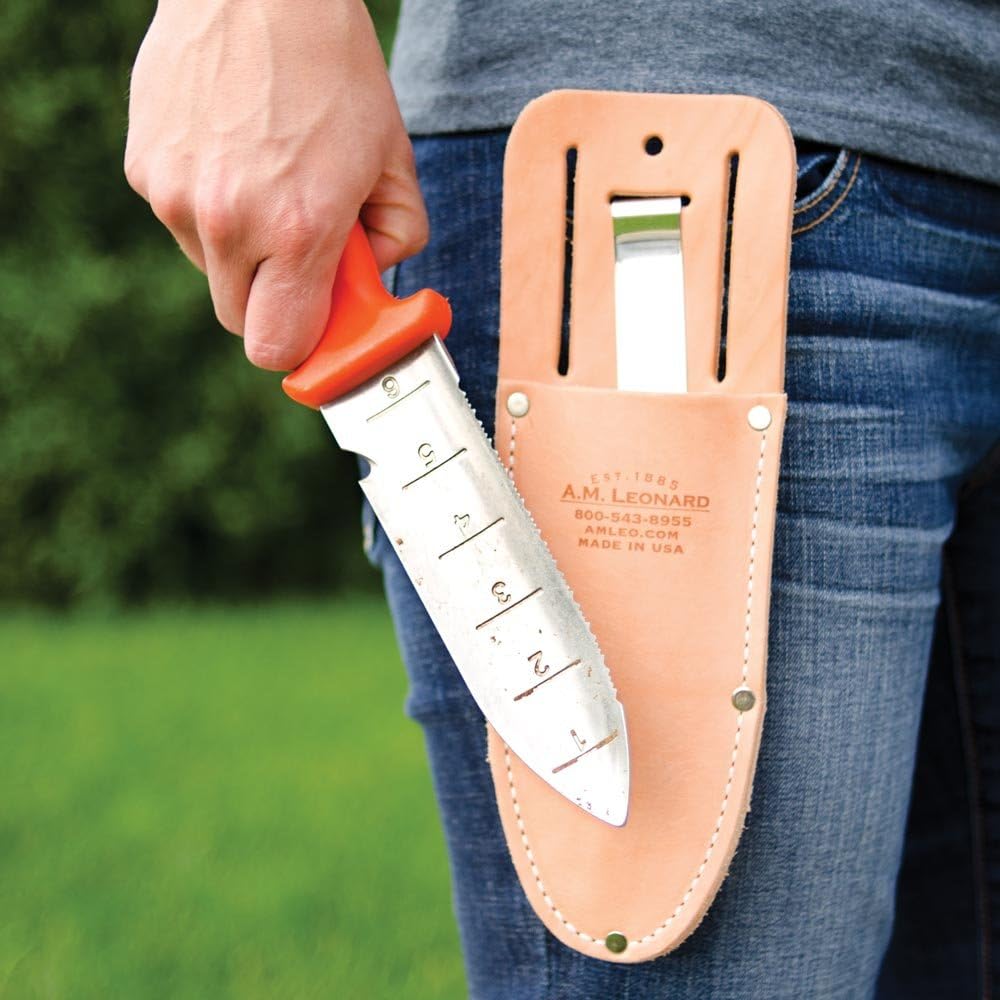
A.M. Leonard Deluxe Soil Knife & Leather Sheath Combo
Fine Gardening receives a commission for items purchased through links on this site, including Amazon Associates and other affiliate advertising programs.

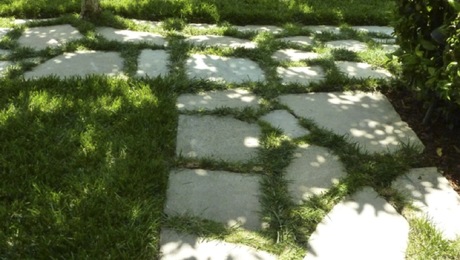
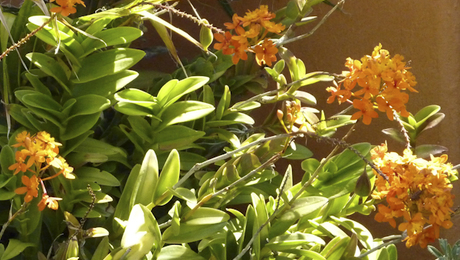
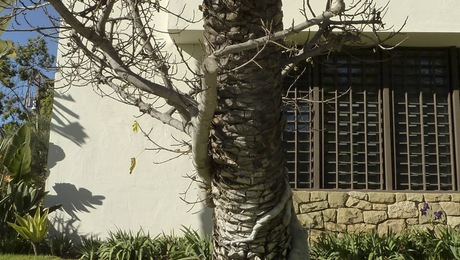
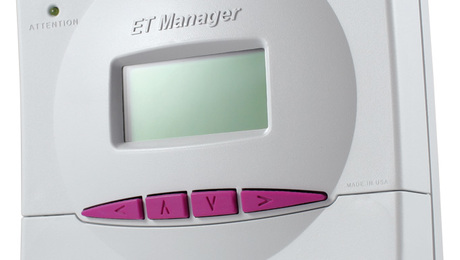
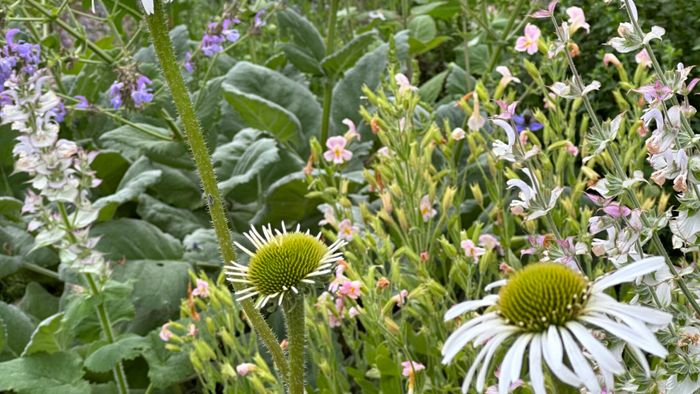
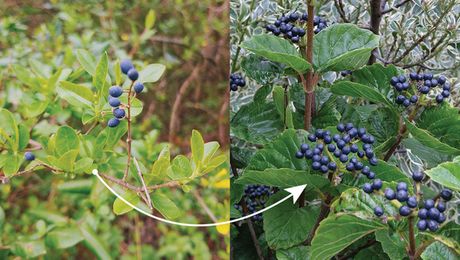



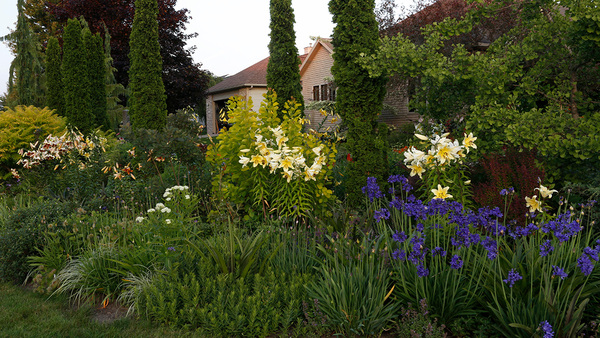







Comments
Pretty cool! Water isn't our problem out here on the east coast, except insofar as we have a bit too much. The glacial till problem can make a probe tricky, but they are great in tilled vegetable beds, especially. watering before stress is the trick.
So simple! So informative! I think I must be the tool, for not using a soil probe in my own garden (much less recommending it to my clientele). Where, kind sir, might one procure such a wondrous thing?
Now that's a low tech tool to shove down your grass!
Log in or create an account to post a comment.
Sign up Log in